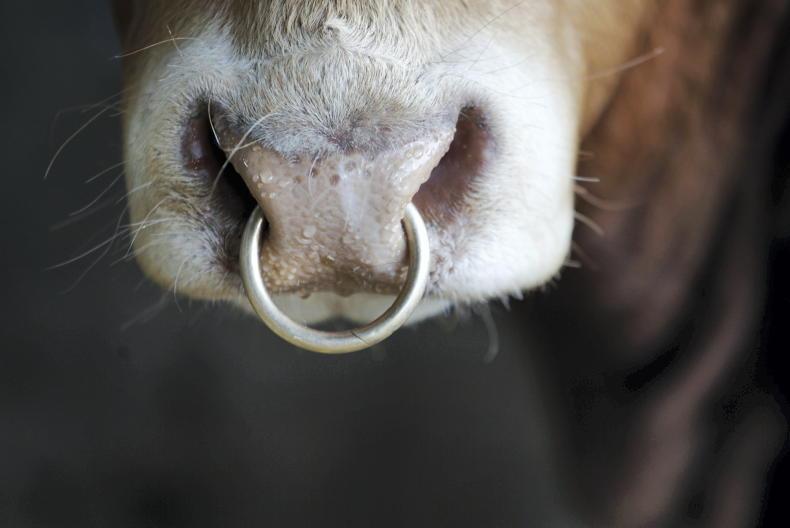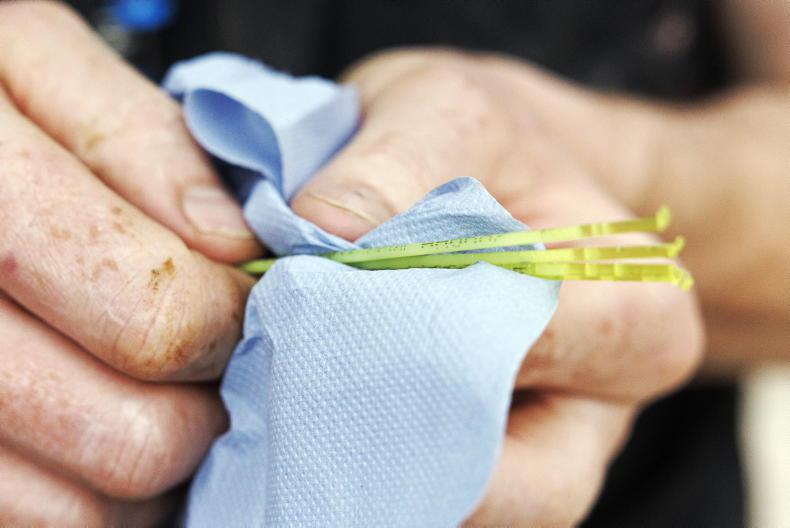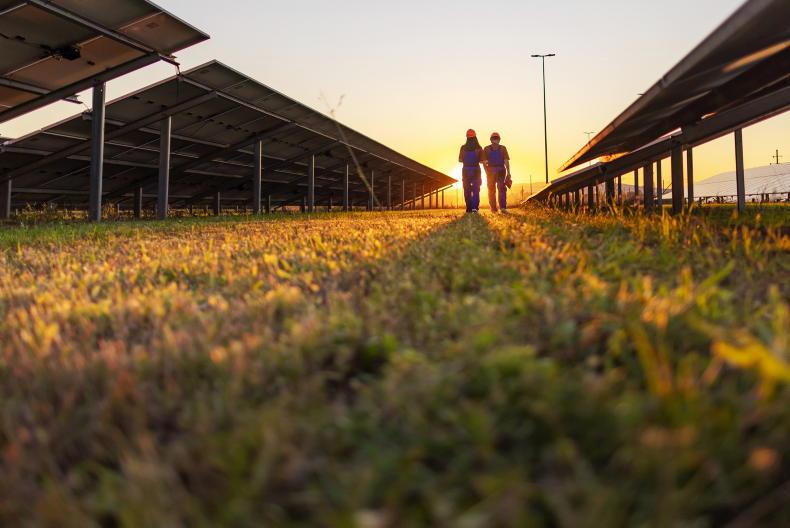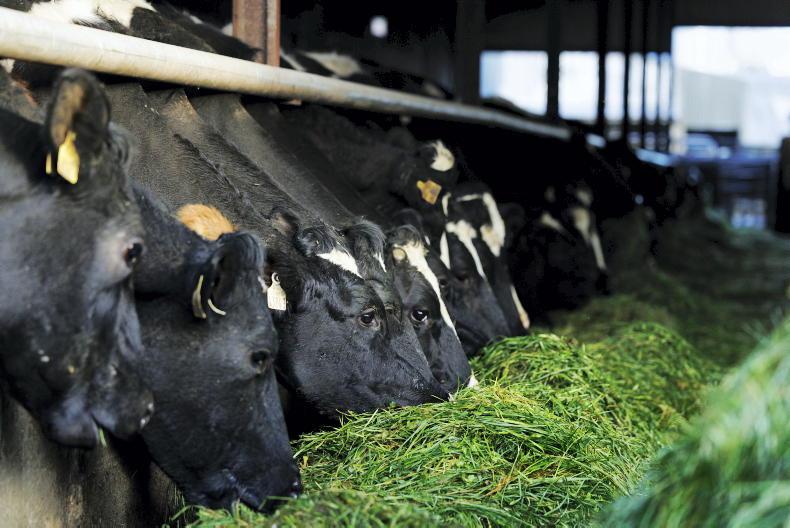Autumn is just a couple of weeks away and when it comes to cattle management, outlined are a few tasks to consider ahead of weaning, selling animals and housing.
1. Treating calves for lungworm
Treating calves and weanlings for lungworm will reduce the risk of respiratory diseases in young cattle going into autumn.
Mature cattle should have developed immunity to lungworm and should not need dosing. But keep an eye on stores and first-calved heifers all the same.
Calves that are well wormed will continue to thrive, hold condition and be much more saleable in the live ring. They are also better equipped to deal with the stress of weaning.
2. Respiratory vaccines
Along with a good worming routine, vaccinating for respiratory diseases is recommended, especially in herds with a history of pneumonia.
Vaccinating calves six to eight weeks ahead of weaning gives plenty of time for an immune response to build, making vaccines much more effective.
It must be remembered that vaccines are not a substitute for poor herd health or poor management.
Unnecessary stress and a lack of airflow in sheds can still cause pneumonia, even in vaccinated animals.
3. Removing the stock bull
In late summer, breeding activity should be low in suckler herds that predominantly calve in March and April. Cows served in late August will calve in mid-June, based on a 290-day gestation period.
Therefore, consider removing the stock bull before the end of the month, provided it is safe to do so. Grazing with a couple of cows marked for culling will keep the stock bull settled.
4. Separating bull calves and heifer calves
When stock bulls are removed, it is worthwhile regrouping cows. Separate cows with bulls calves from animals with heifer calves at foot.
Doing this at the same time as worming or vaccinating cuts down on handling. It also means higher meal levels can be targeted to bulls ahead of autumn sales.
5. Creep feeding
With bull and heifer calves separated, introduce meal to spring-born animals ahead of weaning and autumn sales.
Bull calves can be fed 3kg to 5kg/day, depending on grass supply and genetic merit, ahead of weanling sales this autumn. Heifers can be fed 2kg to 3kg/day.
If calves will be wintered on farm, meal can be fed at a lower level in the run-up to weaning and housing. Offer 1kg to 3kg/day, depending on grass availability.
Read more
Time for weight gain check on grazing cattle
Five maintenance jobs for cattle housing in late summer
Autumn is just a couple of weeks away and when it comes to cattle management, outlined are a few tasks to consider ahead of weaning, selling animals and housing.
1. Treating calves for lungworm
Treating calves and weanlings for lungworm will reduce the risk of respiratory diseases in young cattle going into autumn.
Mature cattle should have developed immunity to lungworm and should not need dosing. But keep an eye on stores and first-calved heifers all the same.
Calves that are well wormed will continue to thrive, hold condition and be much more saleable in the live ring. They are also better equipped to deal with the stress of weaning.
2. Respiratory vaccines
Along with a good worming routine, vaccinating for respiratory diseases is recommended, especially in herds with a history of pneumonia.
Vaccinating calves six to eight weeks ahead of weaning gives plenty of time for an immune response to build, making vaccines much more effective.
It must be remembered that vaccines are not a substitute for poor herd health or poor management.
Unnecessary stress and a lack of airflow in sheds can still cause pneumonia, even in vaccinated animals.
3. Removing the stock bull
In late summer, breeding activity should be low in suckler herds that predominantly calve in March and April. Cows served in late August will calve in mid-June, based on a 290-day gestation period.
Therefore, consider removing the stock bull before the end of the month, provided it is safe to do so. Grazing with a couple of cows marked for culling will keep the stock bull settled.
4. Separating bull calves and heifer calves
When stock bulls are removed, it is worthwhile regrouping cows. Separate cows with bulls calves from animals with heifer calves at foot.
Doing this at the same time as worming or vaccinating cuts down on handling. It also means higher meal levels can be targeted to bulls ahead of autumn sales.
5. Creep feeding
With bull and heifer calves separated, introduce meal to spring-born animals ahead of weaning and autumn sales.
Bull calves can be fed 3kg to 5kg/day, depending on grass supply and genetic merit, ahead of weanling sales this autumn. Heifers can be fed 2kg to 3kg/day.
If calves will be wintered on farm, meal can be fed at a lower level in the run-up to weaning and housing. Offer 1kg to 3kg/day, depending on grass availability.
Read more
Time for weight gain check on grazing cattle
Five maintenance jobs for cattle housing in late summer










SHARING OPTIONS